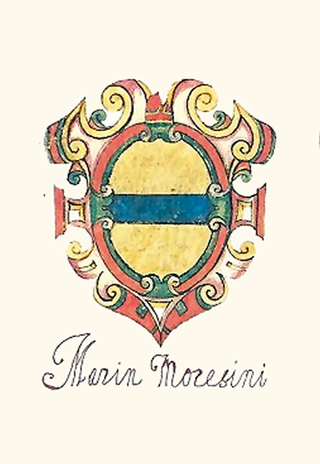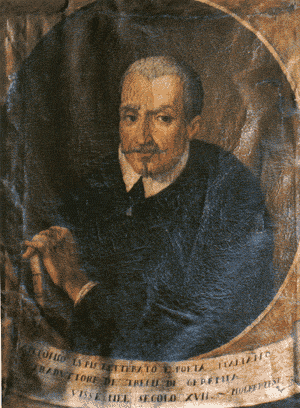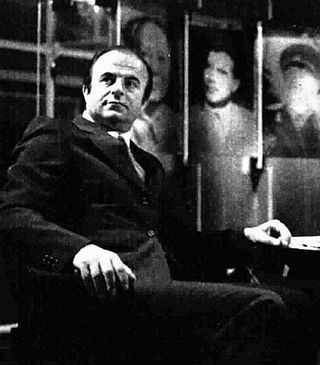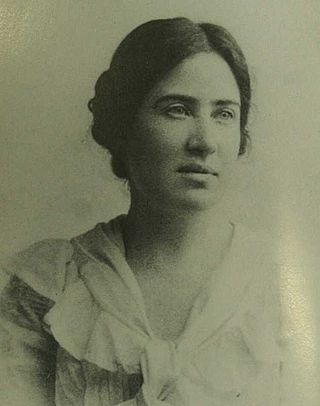
Elena Barozzi (1514 - 1580) [1] was a celebrated Venetian patrician.

Elena Barozzi (1514 - 1580) [1] was a celebrated Venetian patrician.
Elena's reputation for her elegance is praised by the poets and painters of her century. Titian and Giorgio Vasari portrayed it. [2] The poet Lelio Capilupi dedicated the ballad to her Ne l'amar e fredd'onde si bagna. [3] The poet Fortunio Spira comparing it to the beauties of classical antiquity, [4] also the writer Lodovico Domenichi describes her as Greek for beauty and Roman for personality likes Lucretia. [5]
Elena Barozzi, for her fine intellectuality was admired and courted by the finest men of her time. She had a relationship and a daughter with Lorenzino de' Medici, the daughter named Lorenzina born in 1547, future wife of Giulio Colonna. [6]

Raina Yakimova Kabaivanska ; born 15 December 1934) is a Bulgarian opera singer, one of the leading lirico-spinto sopranos of her generation, particularly associated with Verdi and Puccini, although she sang a wide range of roles.

Olivia of Palermo, Palermo, 448 – Tunis, 10 June 463, while according to another tradition she is supposed to have lived in the late 9th century AD in the Muslim Emirate of Sicily is a Christian virgin-martyr who was venerated as a local patron saint of Palermo, Sicily, since the Middle Ages, as well as in the Sicilian towns of Monte San Giuliano, Termini Imerese, Alcamo, Pettineo and Cefalù.

Romolo Valli was an Italian actor.

Domenico Morosini was the thirty-seventh doge of the Republic of Venice, reigning from 1148 until his death in 1156.

Girolamo Graziani, was an Italian poet and diplomat.

Antonio Lupis was a prolific Italian writer of the Baroque period.

Carlo di Cosimo de' Medici was an Italian priest. A member of the powerful Medici family, he became a senior clergyman and collector.

Arrigo Petacco was an Italian writer, historian and journalist.

Margherita Aldobrandini, was an Italian noblewoman member of the Aldobrandini family and by marriage Duchess consort of Parma and Piacenza during 1600–1622. She was also Regent of both Duchies during 1626–1628 on behalf of her minor son.
Hrand Nazariantz was an Ottoman Armenian poet and translator who lived most of his life in Italy.

Luigi Groto, also called Cieco d'Adria or Cieco D'Hadria, was a blind Italian poet, lutenist, playwright and actor. Groto was born in Veneto and lost his sight eight days after birth. He studied philosophy and literature with such success that at the age of 15 he was already a public orator. He was often in Venice as an envoy from Veneto, and entertained with public performances of his songs. In 1565 he was appointed president of the newly founded Academy of Illustrati of Adria. He died in Venice, having just come from the theater where he had played the role of the blind King Oedipus. In 1623 Filippo Bonaffino set some of his poetry to music in a book of madrigals.
Antonio Ermolao Paoletti was an Italian painter, mainly of Venetian genre scenes, recalling Bamboccianti life of children and women, as well as sacred fresco work for churches in the Veneto.

Elisabetta Querini was the Dogaressa of Venice by marriage to the Doge Silvestro Valier.

Pompeo Marino Molmenti was an Italian painter.
Federico Amodeo was an Italian mathematician, specializing in projective geometry, and a historian of mathematics.

The House of Barozzi was an aristocratic Venetian family that belong to the Venetian nobility. Members of the family became sailors, clerics and men of learning. They were lords of Santorini and Thirassia, and held military fiefs on the island of Crete. Members of the family were involved in the conspiracy of Bajamonte Tiepolo against the Doge of Venice in 1310.

Minerva between Geometry and Arithmetic is a 1550 fresco fragment, usually attributed to Paolo Veronese but by some art historians to Anselmo Canera or Giambattista Zelotti. It was painted for the Palazzo de Soranzi in Castelfranco Veneto but now in the Palazzo Balbi in Venice.

Carlo, Maria Rocco Francesco Saverio Brioschi was an Italian astronomer and geodesist, professor of astronomy at the University of Naples and director of the Astronomical Observatory of Capodimonte. On the evening of 17 December 1819, he made the first astronomical observation from the new Capodimonte Observatory by measuring the zenith distance of α Cassiopeiae with the Reichenbach multiplier circle housed in the east dome. In 1824 he published the first and only volume of his stellar catalog: Comentarj astronomici della Specola reale di Napoli.

Gina Elena Zefora Lombroso was an Italian physician, writer, psychiatrist, and criminologist, best remembered for her uncredited writings on the subjects of criminology and psychiatry co-authored with her father Cesare Lombroso, her individual writings on the female condition and industrialisation. She was the wife of Italian historian and writer Guglielmo Ferrero (1871-1942) and hence adopted the surname Ferrero-Lombroso. Their son Leo Ferrero (1903-1933), a writer and playwright, died in a car accident in Santa Fe (USA). All three are buried at the Cimetière des Rois in Geneva, Switzerland.
Guglielmo Berchet was an Italian patriot and historian. With regards to the latter, most of his works were related to the history of Venice.